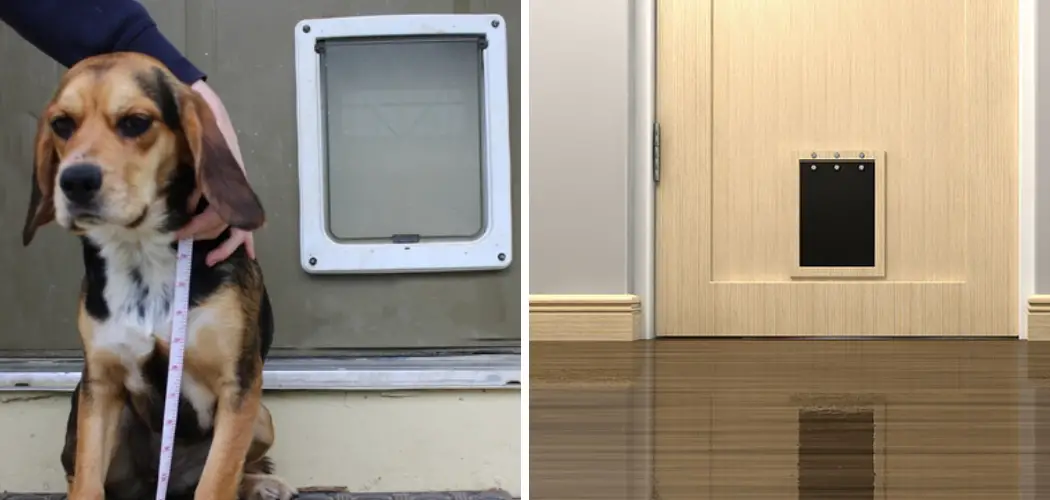Measuring a dog door is essential if you want it to fit your pet and the entranceway correctly. The wrong size can lead to an uncomfortable, inefficient, or unsafe situation for you and your dog. In addition, not measuring properly could result in wasted money if you buy the wrong size door.
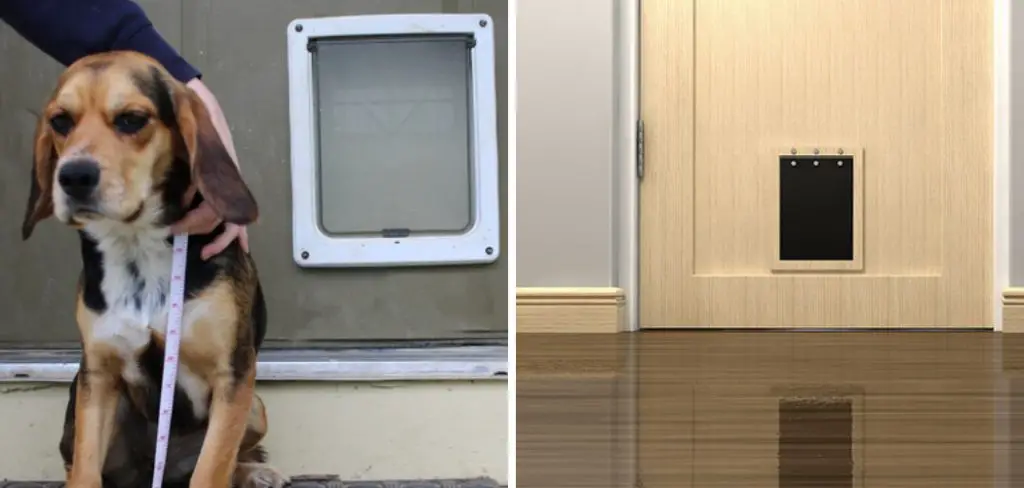
Measuring a dog door before you buy it is a great way to ensure your pet will have a comfortable fit and that the door won’t be too small or too large. It also helps to ensure that you get the right type of door for your specific needs. You can find step-by-step instructions on how to measure for a dog door in this blog article.
What Types of Materials Are Available in Terms of Construction for a Dog Door?
When it comes to selecting the best dog door for your home, there are many materials to consider. Different types of materials offer different levels of insulation and security. Some popular materials used in building dog doors include aluminum, plastic, and vinyl.
Aluminum is durable and can withstand wear and tear over time. It is also a low-maintenance material, as it doesn’t need to be painted or stained. The strength of aluminum makes it an ideal choice for dog doors that require heavy use. Plastic dog doors are the most common type and come in many different styles and sizes. They can also be easily customized with decorations such as stickers or magnets. Plastic is lightweight, non-toxic, and more affordable than some other materials. However, it isn’t as durable as aluminum and can be prone to cracking over time.
Step-by-step Instructions for How to Measure for a Dog Door
Step 1: Inspect the Area
Before you start measuring for the dog door, inspect the area where you plan to install it. Consider where it will be placed, and double-check that there are no wires or pipes behind the wall if you plan on cutting a hole in your house.
Step 2: Measure Your Dog’s Height
Using a tape measure, take note of your dog’s height from the ground to its shoulder. Write this measurement down; it will be used when selecting the size of your pet door. For more information on measuring for a dog door, check out our Measurements For A Dog Door guide. It provides detailed steps and helpful tips to ensure you get the right size pet door for your pup.
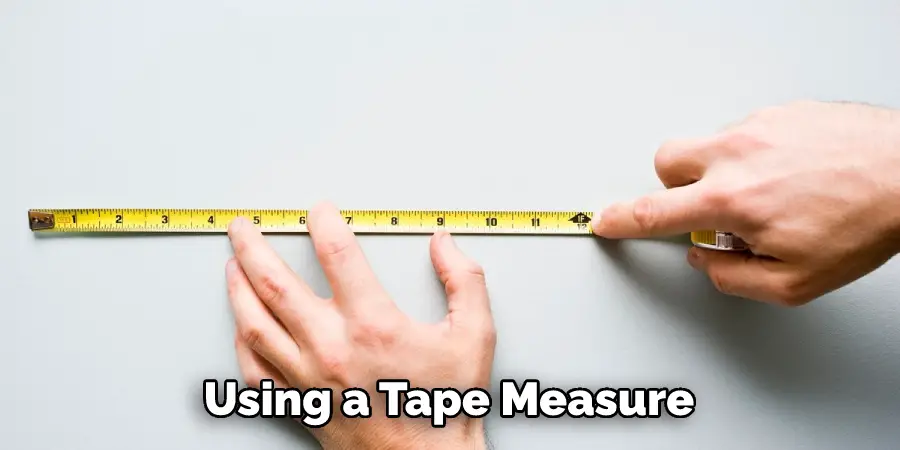
Step 3: Measure Your Dog’s Width
Using a tape measure, take note of your dog’s width from each side at its widest point. This is typically just behind the shoulders. Write this measurement down; it will be used when selecting the size of your pet door. Measure the width of the opening you plan on cutting for your dog door. It is important to double-check that this measurement is larger than both your dog’s height and width, as you want your pet to feel comfortable using their new door.
Step 4: Measure the Opening Height
Measure the height of the opening you plan on cutting for your dog door. It is important to double-check that this measurement is larger than both your dog’s height and width, as you want your pet to feel comfortable using their new door. Additionally, ensure the opening is large enough to fit the door panel. Depending on the size of your pet and the type of dog door you plan on installing, you may need to consider cutting an extra portion of a wall or trimming down your door frame for a better fit.
Step 5: Choose a Dog Door Model
Now that you have all of your measurements, it is time to choose a dog door model that best suits your needs. Make sure to double-check the size requirements for each model before making a purchase. Using a pencil or marker, trace out the height and width of the opening you plan on cutting for your dog door. This will ensure that you cut the perfect fit for your pet.
Step 6: Use a Jigsaw to Cut Out the Opening
Using a jigsaw, carefully cut out the opening you marked on your wall. Make sure to use safety goggles and protective gloves while doing this. Make sure to keep the blade in a straight line and cut slowly. Double-check your measurements before making this cut, as it cannot be undone. Once you have finished cutting out the opening, use sandpaper to smooth any rough edges that the jigsaw may have left behind.
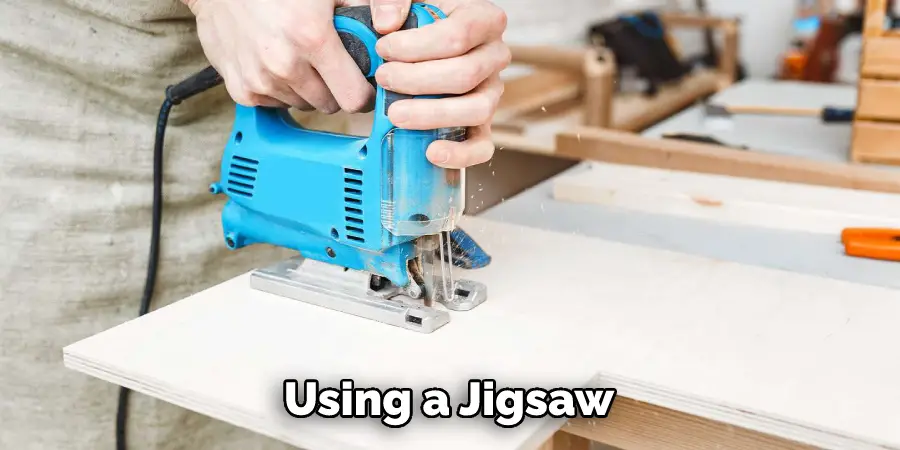
Step 7: Install Your Dog Door
Once you have cut out the opening in your wall, it is time to install your dog door. Follow the instructions provided with your model and double-check that everything is secure before allowing your pet to use their new door. Many people opt to use weather stripping or caulk between the door and wall for added insulation. If you have chosen a pet door with additional security features, make sure you understand how they work before using them.
Step 8: Test Out Your Dog Door
Before allowing your pet to access the outdoors with their new dog door, make sure to test it out first. Have someone stand outside the door and open and close it to ensure that it is working properly. Once you have confirmed that everything is in proper working order, you can let your pup enjoy their new freedom.
Safety Tips for How to Measure for a Dog Door
- This applies when measuring for a dog door, as it is important to ensure you measure the correct dimensions before you purchase and install your dog door.
- Before buying a dog door, consider how much protection from the elements it needs, such as rain, wind, and cold temperatures.
- Getting a dog door that is large enough for your pet to fit through comfortably is important. Measure your pet from its nose to the base of its tail and add around 2 inches (5 cm) to give it some wiggle room.
- Most dog doors are designed for pets up to a certain weight, such as 70 pounds (32 kg). Make sure the door you purchase can hold up to your pet’s size and strength.
- Before purchasing and installing a dog door, measure the area where you plan to install it. Make sure there is enough space to accommodate the size of your pet and the door.
- Even with a dog door, it’s important to take precautions against other animals entering your home. Research ways to ensure your pet can come and go without intruders.
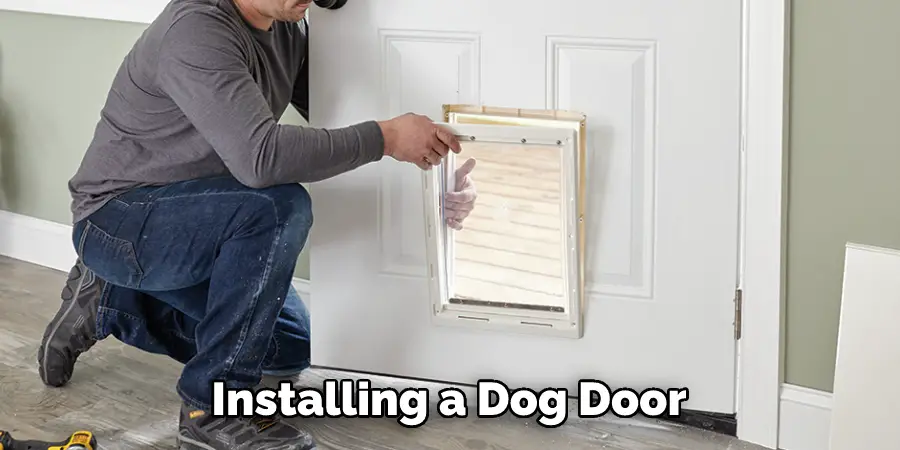
With the right safety measures in place, your pet can enjoy its freedom without any worries.
How Do You Determine if Your Pet Will Be Able to Use a Particular Style of Dog Door Comfortably?
When measuring a dog door, it is important to determine if your pet can comfortably use the particular style of dog door you are considering. This can be done by taking several measurements of your pet and comparing them to the manufacturer’s specifications. The first measurement to take is your pet’s shoulder height when standing. This will help you determine the height of the opening, which is usually adjustable. The second measurement to take is your pet’s shoulder width. This will give you an indication of how wide the flap needs to be in order for your pet to fit through comfortably.
The next step involves taking measurements inside and outside of the wall or door where the dog door will be installed. This includes the width, height and depth of the space to ensure that the opening is big enough for your pet to fit through and that the frame will not interfere with other elements such as trim, molding or siding, etc. Finally, you should consider how far off the ground the pet door will be when it is installed. This is important to ensure that your pet won’t have difficulty entering or exiting the house as they grow bigger.
How Do You Select a Locking Mechanism That Will Keep Your Pet Safe and Secure?
- Determine the size and strength of your pet. Some locking mechanisms are better suited for larger, more powerful dogs, while others are best for small dogs or cats.
- Choose a lock that fits your door size and style. Make sure the locking mechanism is compatible with your specific type of dog door and can be attached securely.
- Look for locks that provide advanced security features like an auto-lock, timer lock, or remote control access. These extra features can help keep your pet safe and secure in the event of a break-in or other emergency situations.
- Consider the weatherproofing and durability of the locking mechanism you choose. Make sure it can withstand extreme weather conditions, like rain and snow, without rusting or malfunctioning.
- Check that the lock is easy to use and allows you access when necessary. It’s important that your pet door-locking mechanism be user-friendly so you won’t have trouble operating it in an emergency situation.
- Make sure the lock is made of quality materials and has a good warranty. Quality locks should last for years, so it’s important to make sure you’re investing in one that will stand the test of time.
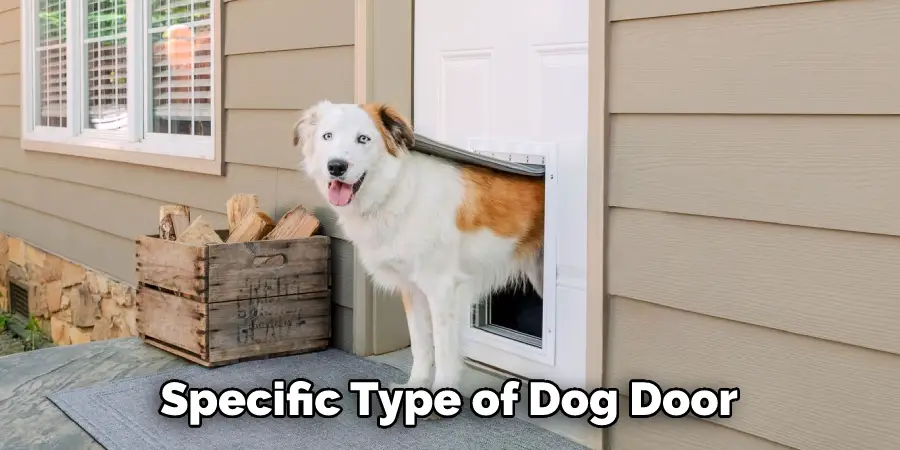
Following these steps will ensure that you select a locking mechanism that can keep your pet safe and secure while providing easy access for you and your family.
Conclusion
In conclusion, measuring a dog door is important in ensuring that your pet is safe and comfortable. Taking the time to measure your pet, the correct door size, and the placement of the door can help ensure that it fits securely and serves its purpose well. Additionally, considering door features such as insulation and locking mechanisms can prevent further issues or problems. I hope reading this post has helped you learn how to measure for a dog door. Make sure the safety precautions are carried out in the order listed.
You Can Check It Out to Cut Groove in Bottom of Barn Door

